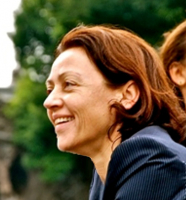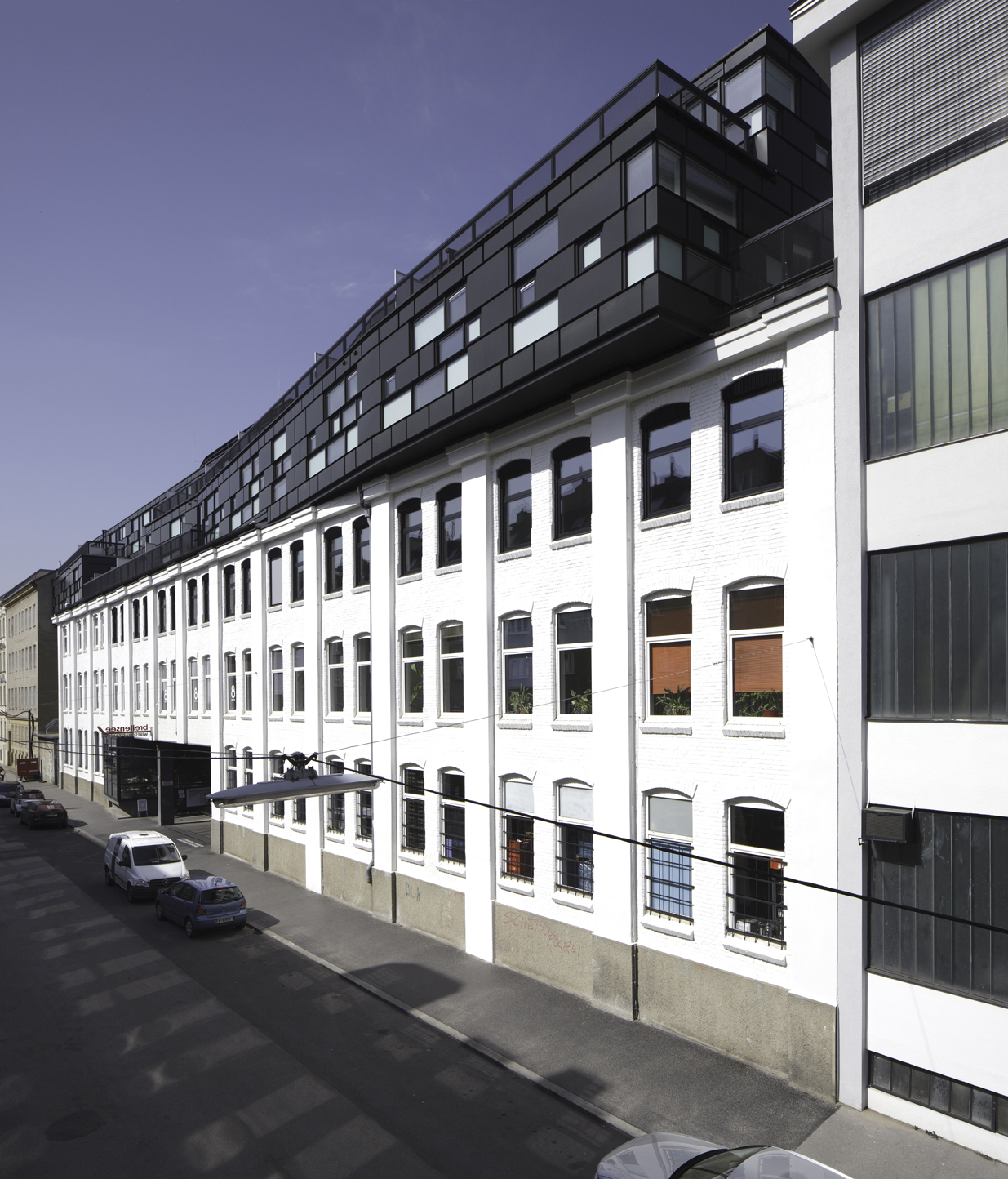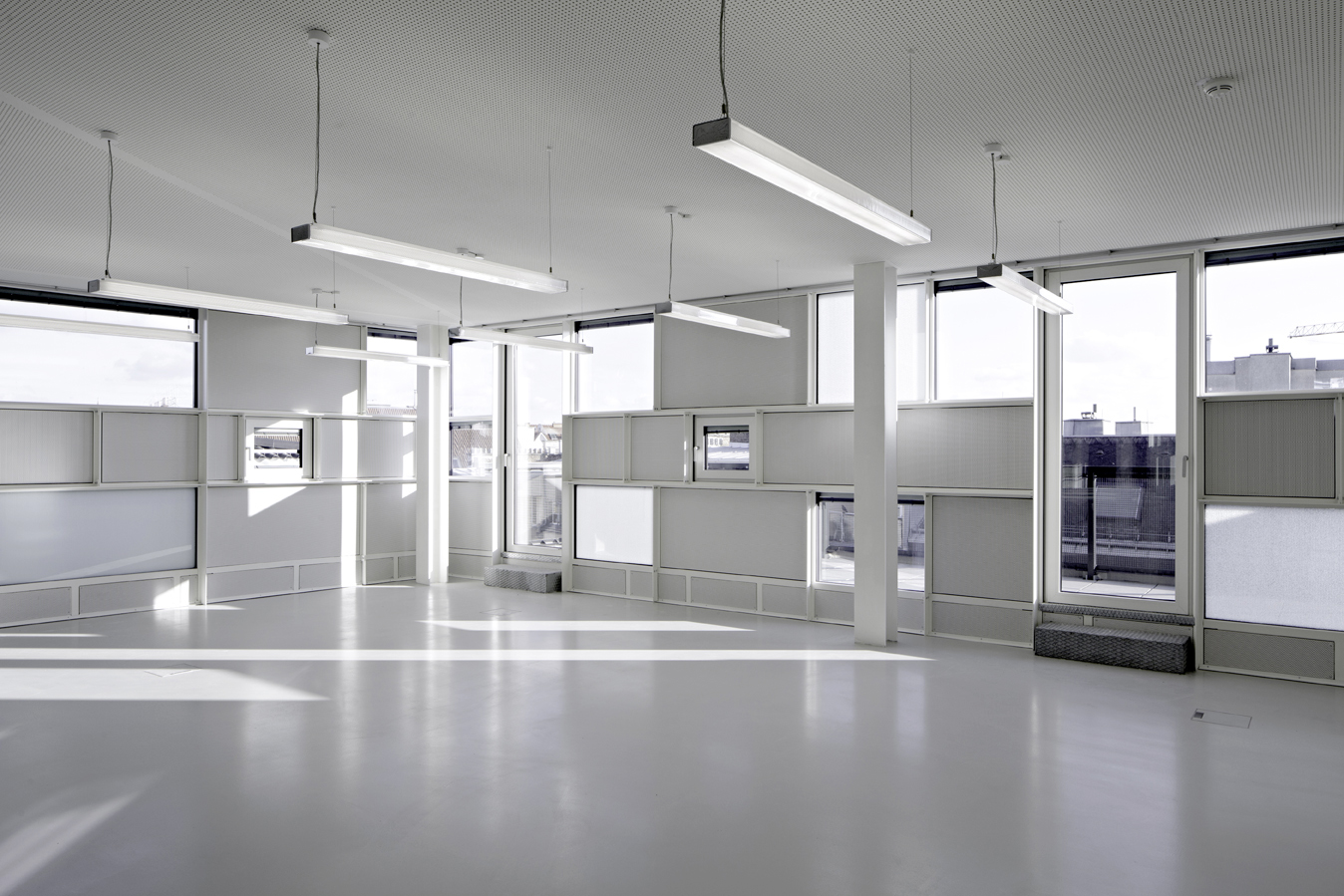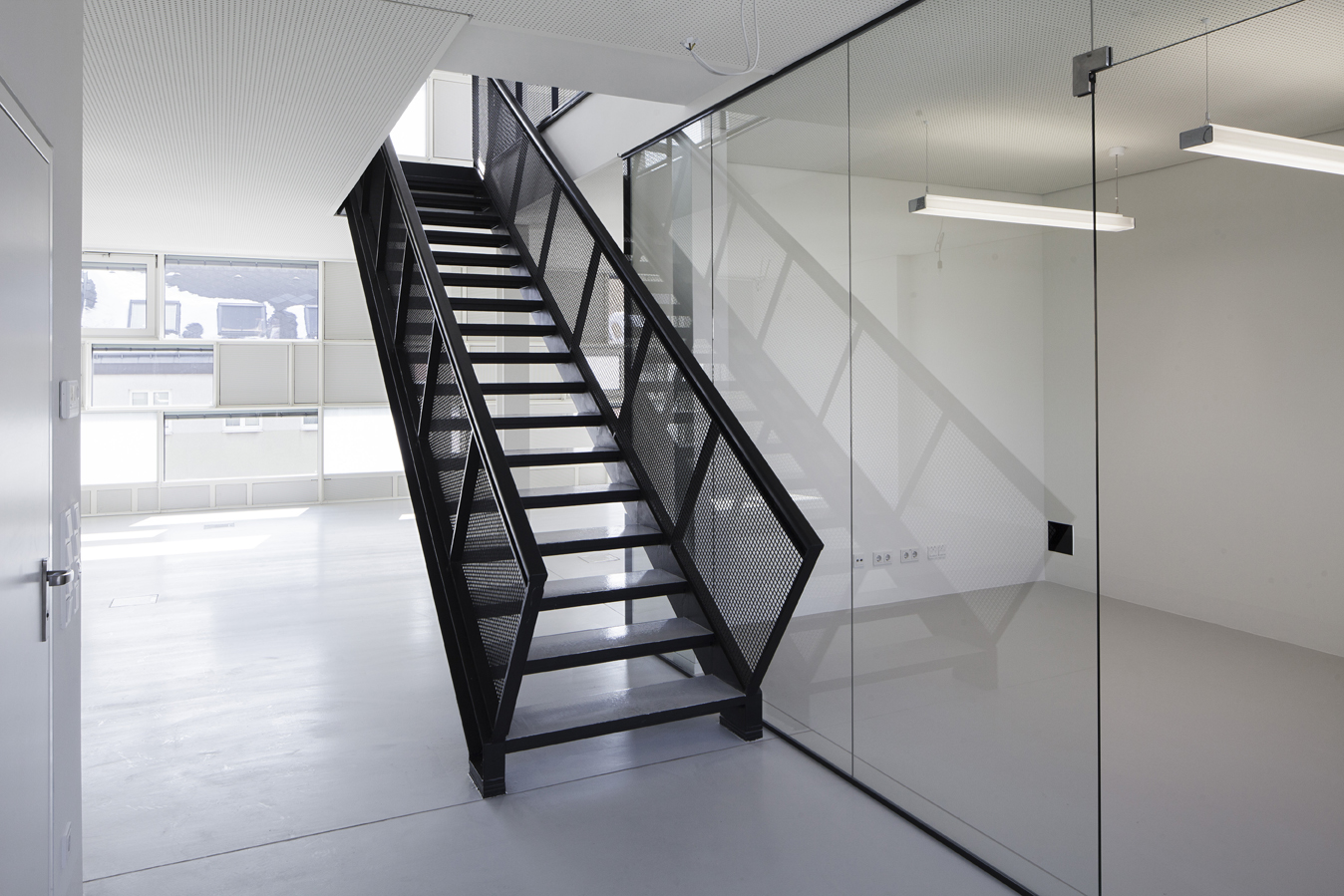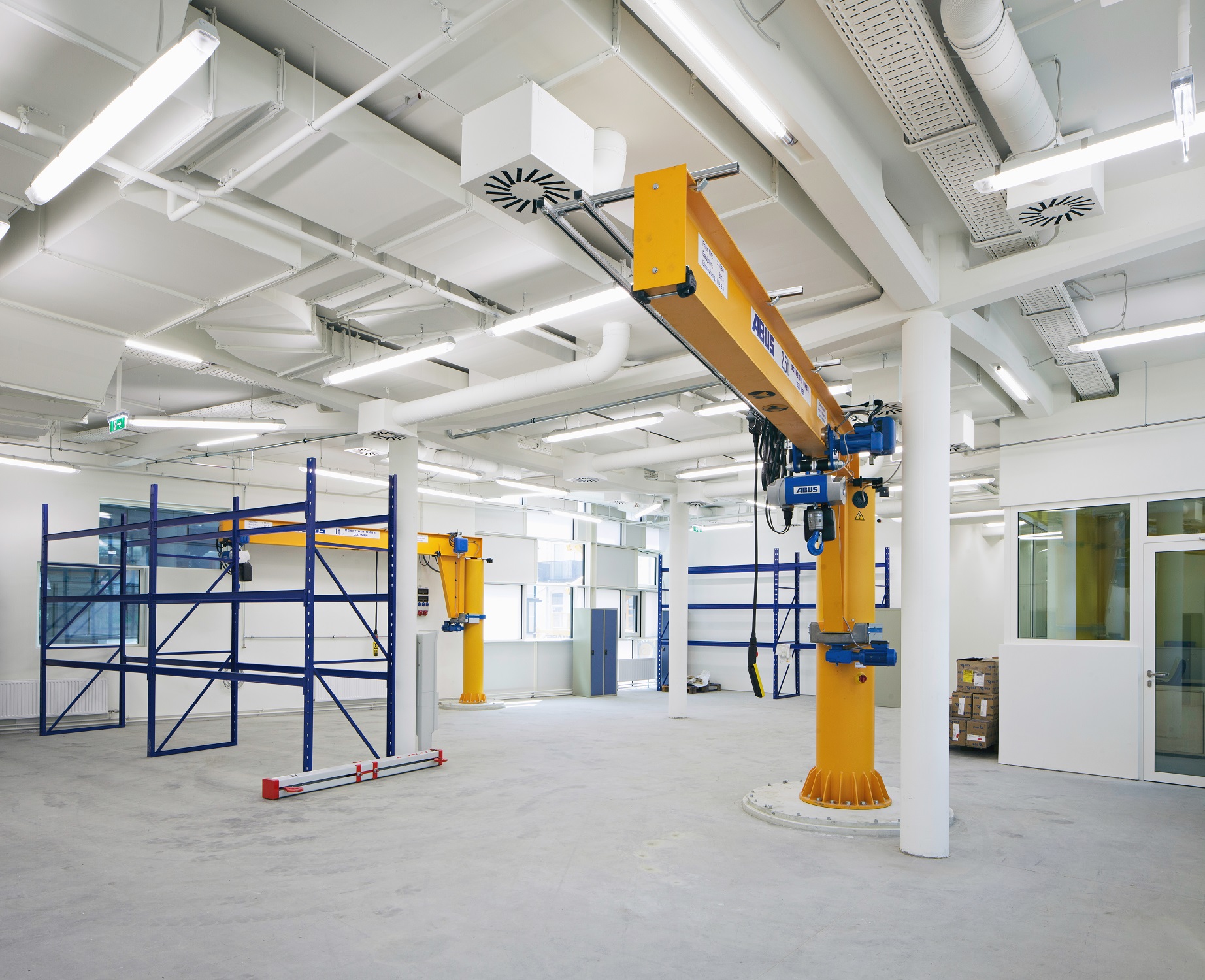wirtschaftspark breitensee
The transformation from a mere production site during the nineteenth century to a homogeneous mixed-use location in the twenty-first century represents the main objective of wirtschaftspark breitensee as a multi-purpose building-block. Equipped to cover a wide range of operations, including manufacturing companies, intelligence and technology firms, creative industries and media representatives; the building stipulates all necessary features. The re-interpretation of the industrial estate results in the new design of the wirtschaftspark breitensee taking on approximately 25.000m2 inside the restructured area.
The analysis of ‘loops’ created by trucks to deliver goods, outlines the main layout and organizes the composition of buildings inside the complex. Surrounded by different typologies and façades the restructured and new spaces form a coherent ensemble. A bridge physically connects the outer block with an inner island, creating a specific atmosphere. The two-storey roof extension on top of the existing Wilhelminian commercial building, proves itself symbolic to the area and invites local people to visit the creative hub next to the Sargfabrik—a building well-known for being one of the first ones, providing spaces for social assemblies in Vienna.
Thus, the interior design proposes an open-plan layout with a room height of approximatelly 3.8 meters and multi-use indoor spaces with natural light entering from a two-sides. On the one hand, integrated materials have been manufactured with the appreciation towards craftsmanship, creating a direct connection to the local past. On the other hand, partial prefabrication allowed for maximal flexibility. The building design, thus, follows the low-tech approach including high-quality building components and durable materials with specific properties. The interior structure is based on a prototype of prefabricated concrete beams and thermal activation of the exposed ceiling—no suspended elements, nor raised floors are incorporated into the design—in order to minimize operating costs and increase flexibility. Solar energy ingress is minimised, while a characteristic open office atmosphere is created. A glass-roof patio area is located in the centre of the inner island and serves as an area for communication, interaction for staff and during events. Outdoor spaces such as balconies and terraces complement the program and with their homogenous appearance and create a connection between the old architecture and the new design features.

